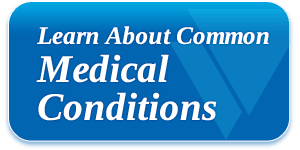What is Mallet Finger?
Mallet finger is a deformity of the tip of the finger, which results in the inability to straighten the tip completely. This deformity is due to a rupture of the tendon that straightens or extends the end joint of the finger. In some patients, the deformity is due to a rupture of the tendon with a piece of bone attached to it, which is referred to as an avulsion fracture (another term for this injury with a fracture is bony mallet). The deformity will appear in the same way as when the tendon alone is ruptured.
What is the cause of Mallet Finger?
It is a very common injury after mild trauma to the tip of the finger or the result of forceful bending of any of the fingers. It can happen while performing a simple task or from direct trauma, such as a ball hitting the fingertip while playing basketball. Usually the patient notices the deformity well after the trauma and in some cases, the deformity may be noticed without recalling any trauma at all.
How is mallet finger diagnosed?
Mallet finger is diagnosed by clinical assessment from a hand surgeon and several x-ray views are useful to determine the presence of an avulsion fracture.
What is the treatment for Mallet Finger?
In the majority of cases, treatment for mallet finger consists of continuous splinting of the fingertip. Several types of splints have been designed for this purpose and the goal is to maintain the joint in a straight position until the tendon heals. Day and night splinting is necessary and the average time of treatment is between three to four months. The splints can be placed over the top or bottom of the involved finger. Your hand surgeon will advise you on how to change the splint and how to prevent bending of the finger while doing so.
When x-rays show an avulsion fracture with dislocation of the joint, it may still be possible to treat with splinting. Occasionally surgery is required with the use of pins and wires are usually used to correct this deformity when needed. After the tendon has healed, active motion is initiated and if necessary, your hand surgeon may recommend physical therapy.



